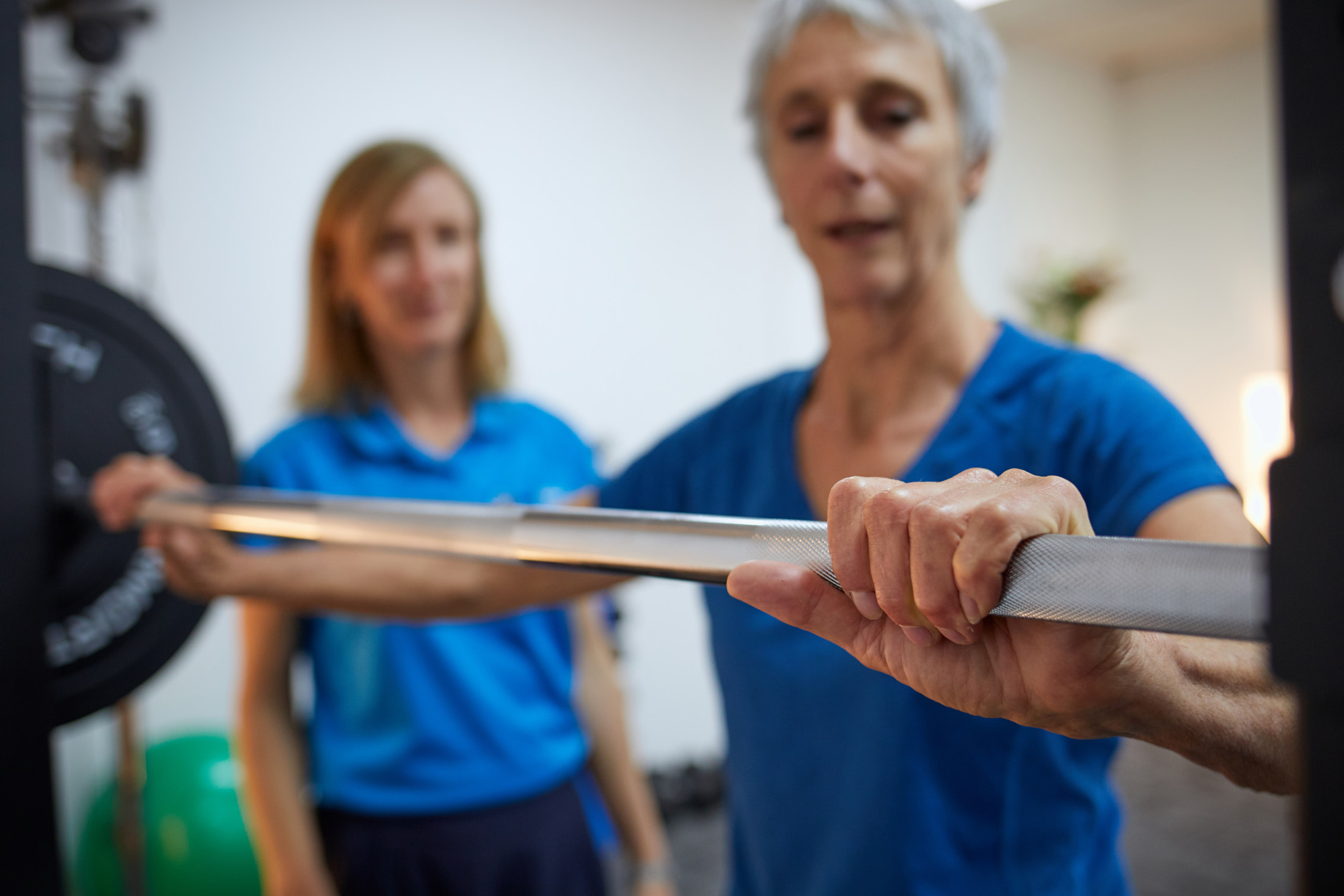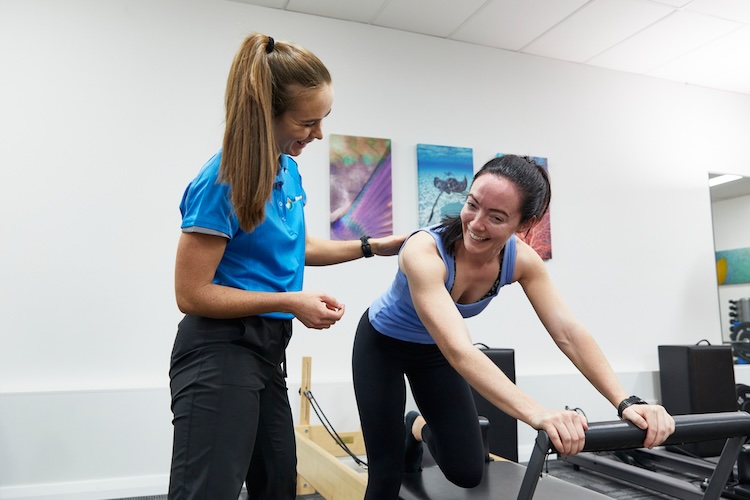Strapping in injury management is a powerful tool used by physiotherapists at Next Wave Therapy for athletes of all levels. Strapping is a technique that involves applying specialised tape to support and stabilise injured areas.
In this blog, we focus on the uses and benefits of strapping during the crucial phase of returning from an injury.
The Role of Strapping in Injury Management
Strapping is a popular technique in the field of sports and rehabilitation. It involves applying adhesive tape to affected areas of the body to provide support, reduce pain, enhance proprioception, and facilitate a smoother return to full functionality.
Let’s explore the various uses and benefits of strapping in injury rehabilitation:
Support and Stability
- One of the primary functions of strapping is to provide external support and stability to injured joints or muscles.
- This is particularly helpful during the initial stages of rehabilitation when the injured area may be weak or vulnerable.
- Strapping helps offload stress from the injured tissues, allowing them to heal more effectively.
Pain Management
- Strapping can help alleviate pain by providing gentle compression, which reduces swelling and improves circulation.
- The tape also stimulates sensory receptors in the skin, creating a distraction from pain signals and promoting a sense of relief.
- This is used primarily in the very initial phases of injury management to allow you to continue to load the injured area.
Enhanced Proprioception
Proprioception, or the body’s awareness of it’s position in space, is crucial for regaining functional movement after an injury.
Strapping enhances proprioception by providing sensory feedback to the brain, aiding in better joint control and coordination.
Facilitation of Correct Movement Patterns
Strapping can guide proper movement patterns by restricting excessive or harmful motions. This is particularly important when returning from an injury, as it helps prevent compensatory movements that could impede the healing process. This is useful in the upper limb for conditions such as frozen shoulder, or rotator cuff related pain.
Postural Correction
Strapping can be applied to assist in correcting postural imbalances caused by injury. By gently pulling on specific areas of the body, it encourages the adoption of healthier alignment, reducing strain on affected structures.
Psychological Support
The visual and tactile feedback provided by strapping can have a positive psychological impact on individuals recovering from injuries. It can boost their confidence, reduce fear of movement, and promote a sense of security as they regain trust in their bodies.
Return to Activity After Strapping
Strapping is a versatile and valuable physiotherapy intervention for helping athletes return to sport from an injury. It provides:
- more control and support
- a gradual return to physical activity
- increased confidence
- joint stability
- pain management
- proprioceptive feedback
- postural correction
While strapping is not a standalone solution, it plays a vital role in facilitating the healing process and empowering individuals to regain their strength, mobility, and confidence step by step. It can also be used in the reloading phase of returning to more intense sport related activities.
If you’re recovering from an injury, don’t hesitate to consult with a qualified physiotherapist to determine whether strapping could be a beneficial addition to your personalized rehabilitation plan.






